
About This Quiz
Automobiles have a long, rich history - long enough to fill several history books or a good encyclopedia set.* For this quiz, we'll be coming up with questions by thumbing through "The Complete Automotive Encyclopedia, Tenth Edition" (don't worry about finding it; we have the only copy at our office).
Depending on your age, you might remember driving (or wanting to drive) some of these cars on this list. Others would have been the apple of your parents' or grandparents' eyes. They're all important, though - like any other science, automotive technology and styles built off of what has come before. How much do you know about your automotive history? We'll find out by looking at some classic cars, with a bit of industrial technology thrown in for good measure.
Automobiles have become such a part of our everyday lives that it's too easy to take them for granted. It's time to take a new look at our old friends by opening the book to random places and see how much you know about the cars of yesterday and how they shaped the present and the future of driving for us all!
Ready? Set? Let's go!
*For the kids, "encyclopedias" were a set of books with information about everything under the sun. It's what older people used to find information before "google" became a verb. They were hard to use and often became outdated as soon as they were printed. You truly live in a golden age!

The Lamborghini Miura, considered the first "supercar" by many, hit the streets with a vengeance in 1966 with a mid-engine V12 and a futuristic look all its own. Built between 1966 and 1973, the Miura would go on to be replaced by the Countach, but it was the car that put the automaker on the map for many car enthusiasts.

Released in 1955, the Volkswagen Karmann Ghia was a sports car developed by mixing the chassis and some parts used in the famous Beetle with styling from the Italian firm Carrozzeria Ghia and bodywork by the coachbuilding house Karmann. Just more than 445,000 cars were built from 1955 through 1974.
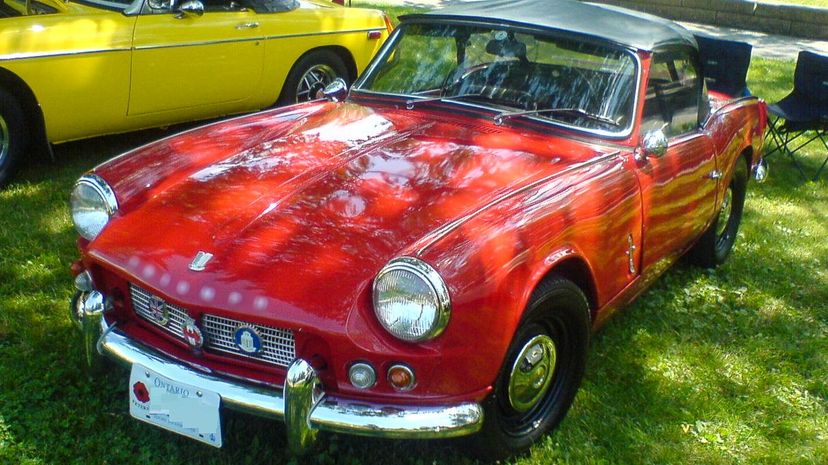
The Triumph Spitfire was made in five generations between 1962 and 1980. While it wouldn't strike fear into hearts as much as the World War II fighter it was named after did, it was a lot of fun to drive. It only had an inline-four engine, but its small frame made the most of it.
Advertisement

The Ford Maverick was a compact car that first hit the streets in the 1970 model year and was designed to take on the VW Beetle, as well as compact cars coming in from Japan. It took the place of the Falcon in Ford's lineup, whose sales had been negatively impacted by the Mustang. The Maverick was made until 1977 in North America, and 1979 in Brazil.
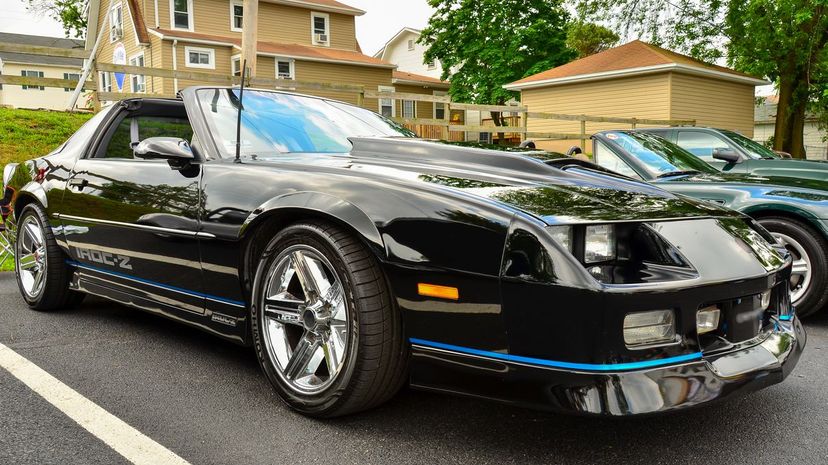
The IROC-Z variant of the third-generation Chevy Camaro was called by some "the Camaro that thinks it's a Corvette." Produced from 1985 through 1990, The IROC trim package of the Z/28 offered cosmetic changes to the body and a 305-cubic-inch 215-horsepower V8 engine.

When the 'Vette hit showroom floors in 1953, the car-buying public had never seen anything like it. The streamlined vehicle came to be regarded by most as "America's Sports Car," and has been in production ever since, with its eighth generation debuting for the 2020 model year.
Advertisement

The Pontiac Firebird Trans-Am, with its most iconic second-generation made between 1970 and 1981, captured the attention of a huge number of car enthusiasts during its time on the roads, appearing in multiple film and television programs. With its firebird decal on the hood, it was hard to miss a finely tuned Trans-Am.

The stylish television show "Miami Vice" first brought the attention of many viewers to the Ferrari Testarossa, and the car had the looks and performance to keep their attention long after the show ended. With its mid-engine flat-12-engine and beautiful lines, the Testarossa remained in production from 1984 through 1996.

The Boss 302 variant of the Ford Mustang put the car back in the driver's seat in 1969 after the Camaro arrived two years earlier to pose a challenge in the pony car wars. Made from 1969 to 1970, the Boss had a powerful 302-cubic-inch (5.0-liter) engine and a trunk full of attitude.
Advertisement
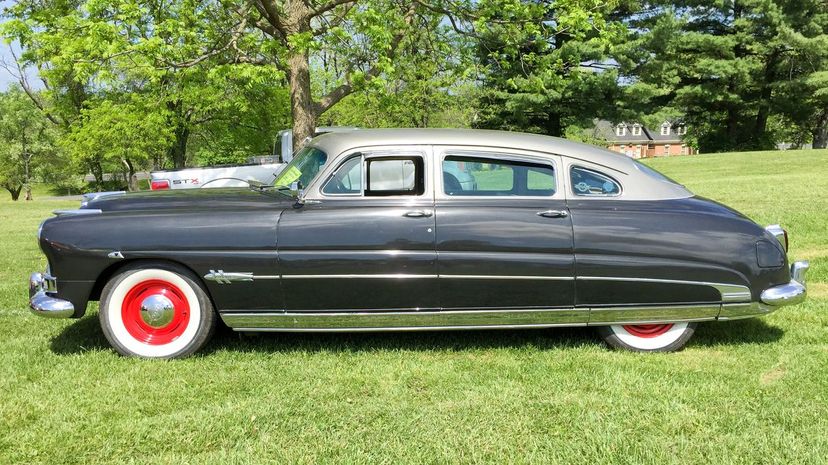
Hudson was the first automaker to become a part of stock car racing and dominated the field early on. Cars such as the Hudson Hornet, with their low center of gravity and sleek design, performed well on the track.

Germany's Auto Union (which would eventually go on to become Audi) developed four racing cars between 1934 and 1939 - the A, B, C and D models. The Type C had a 16-cylinder engine capable of producing 520 bhp, could hit 200 mph and dominated the racing world.

Now in its 10th generation, the Lincoln Continental has, for the vast majority of its life, made an impression on motorists thanks to its sheer size, particularly in the 1970s when it stretched out to nearly 20 feet long. The current model isn't quite that big, but it's still a full-size luxury vehicle.
Advertisement

Produced from 1948 to 1954, the Jaguar XK120 marked the company's return to automaking, picking up where the SS 100 left off in 1940. Jaguar was eager to get a sporty model in the postwar field; the XK120 set a production car speed record of 124.6 mph in 1949.

The Volvo P1800 was manufactured from 1961 through 1973 and was considered a touring car, rather than a sports car, although it certainly had the looks to fit that bill. The P1800 was also well built; Irv Gordon set a record for putting the highest mileage on a single car after he drove his P1800 more than three million miles.

When Toyota brought the Camry to the American marketplace in 1983, it quickly found a following and, by 1987, was the company's best-selling car. It eventually went on to be the top-selling passenger car in the U.S.
Advertisement

A true lightweight in the field (about 1,100 pounds, to be exact), the Lotus Elite was a two-seat coupe introduced in 1958 and cut a striking figure with its sleek looks and long hood. The Elite was discontinued in 1963 but almost made a comeback in 2014; Lotus scrapped those plans, however, before the car went into production.

The last of the line to be personally approved by Enzo Ferrari, the F40 holds a special place in the hearts of fans. The car was developed to celebrate the 40th anniversary of the company and was Ferrari's fastest, most powerful and most expensive model at the time.

Hitting the streets during the 1955 model year, the Ford Thunderbird was a head-turner built for two for its first generation; rear seats were added in the second generation starting in 1958. Production stopped in 1997, with a brief resurgence from 2001 to 2005. While it didn't have the longevity of the Corvette, the T-bird has a place in the heart of many drivers.
Advertisement
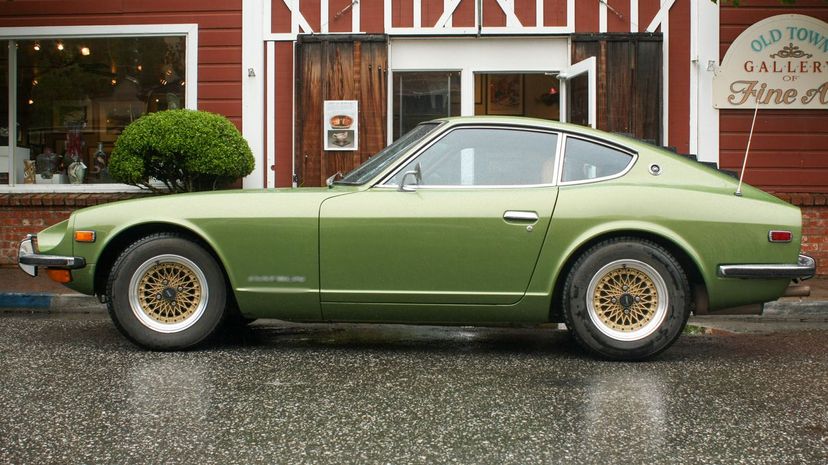
Also known as the Datsun 240Z, its export name, the Fairlady Z was Nissan's statement to the world that it was here to play - and stay. The model became popular and changed the image many car buyers had of Japanese vehicles. The descendants of the Fairlady sports cars are still being made today in Nissan's Z series.

It didn't go very fast (about 14 mph), and it wasn't available in showrooms (it predates showrooms, actually), but the first electric car made in the U.S. was thought to be developed by William Morrison in Iowa in 1890 and 91. It was a wagon that could seat six.
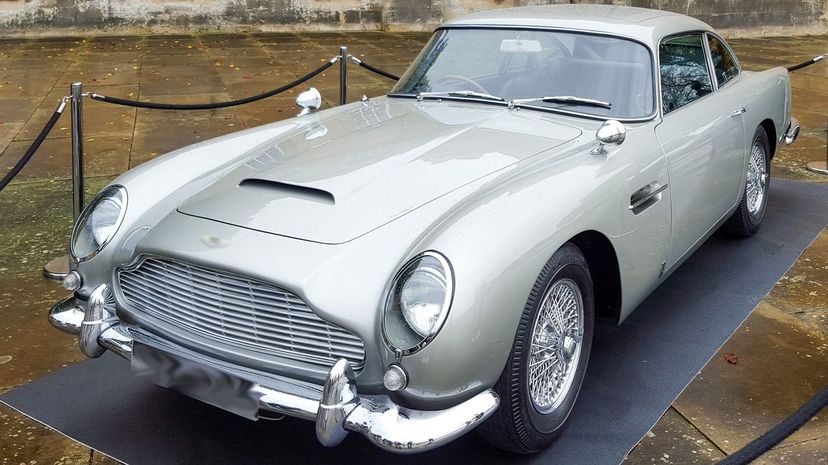
The Aston Martin DB series - named for Sir David Brown, who bought the company in 1947 - has been the company's most recognizable nameplate since the first of the line, the DB2, rolled out in 1950. The company launched the DB11 in 2018.
Advertisement

The 356, also known as the "Gmünd Roadster," was the first vehicle to bear the Porsche name. Built by Porsche Konstruktionen GesmbH, which would later Porsche AG, the 356 went through different iterations and body styles before production stopped in 1965.

The Wankel rotary combustion engine, developed in the 1960s and put to use in Mazda vehicles, has a lot of advantages. It's small and powerful (especially when turbocharged), but it's also fuel inefficient and puts out a lot of pollution.

The Honda NSX (also known as the Acura NSX) was developed in 1990 to provide an alternative for those who wanted the performance of a Ferrari-class vehicle but had a lower price range. "NSX" stands for "New," "Sportscar" and "Unknown world" (using "X" as an unknown variable). It was made until 2006, with a new generation hitting the streets in 2016.
Advertisement

One of the most collectible cars on the market today, the Toyota 2000GT was the automaker's effort to be seen as something other than the maker of sturdy, practical, boring vehicles. The 200GT, built between 1967 and 1970, was compared favorably to the Porsche 911 and made people think twice about Toyota.
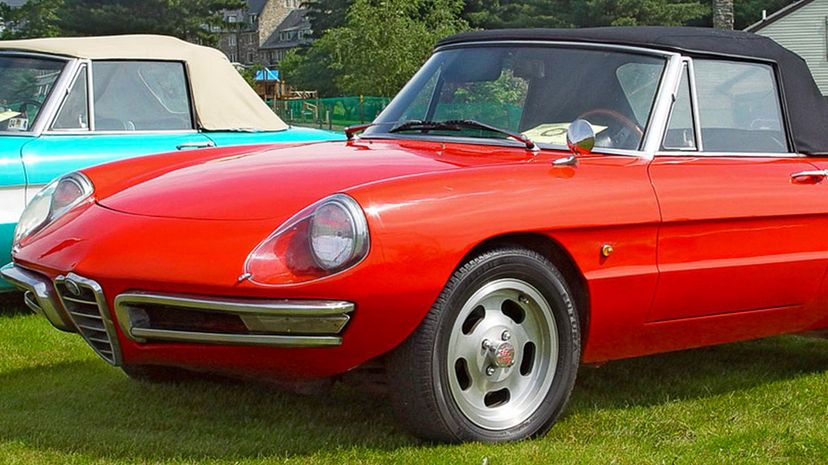
Produced between 1966 and 1969, the Alfa Romeo Spider roadster was featured prominently in the 1967 film "The Graduate" - to the point that a "Graduate" trim level was offered in the U.S. in the '80s. The car was produced through the 1994 model year.

The Ferrari America line was first introduced with the 340 America, released in 1950. Only 23 of this model were built, but they were the first in a series of limited-production vehicles that would include the Superamerica, the Superfast and the California.
Advertisement

The GT40, one of Ford's most iconic vehicles, was designed and constructed in 1964 to beat Ferrari at the 24 Hours of Le Mans endurance race after Enzo Ferrari offered to sell to Ford but changed his mind at the last moment. The GT40 went on to win the race in 1966, 67, 68 and 69.
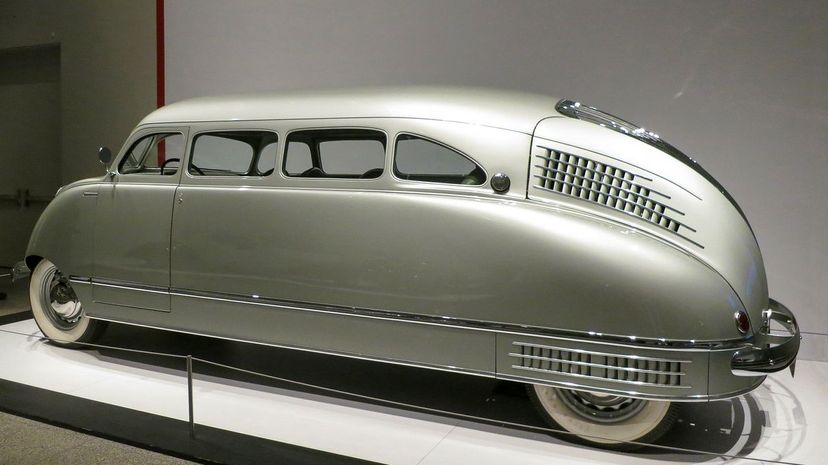
The Stout Scarab (and yes, it looked very bug-like) was developed in 1936 and is considered by most to be the world's first minivan. Developed in Detroit by the Stout Motor Car Company, the seats could be reconfigured and the passengers used a centrally mounted door to enter and leave the vehicle.

Debuting in 2000, the design of the Chrysler PT Cruiser was all-retro, and now that it's 20 years old, it's a classic in its own right. Available in hatchback and convertible styles, the PT had various models in the line, including Classic, Touring and "Street Cruiser" editions.
Advertisement

The Maserati 3500 GT, built between 1957 and 1964, provided a number of firsts for the luxury carmaker. The 3500 was the first successful Gran Turismo vehicle Maserati had produced, and it was also the first "mass produced" vehicle the company, known for hand-built cars, had attempted. In all 2,226 3500 GTs were created.

The Duesenberg Model J had the most powerful engine ever used in an automobile at the time of its production, which ran between 1928 and 1937. The 6.9-liter inline-eight engine was available in a supercharged configuration, which produced a staggering-for-the-time 400 horsepower output.

First introduced in 1957, the Chevrolet Impala has been one of the automaker's best-selling vehicles over the years and, except for hiatuses between 1985 to 1994 and 1996 to 1999, has been a constant presence in the Chevy lineup. The line will be shut down for the 2021 model year, but history shows it could reappear down the road.
Advertisement

With a 6.1-liter V12 that was capable of producing 618 horsepower, the McLaren F1 was a sports car that checked all the boxes of drivers who wanted the best - and could afford it. There were only 106 F1s produced during its run between 1992 and 1998.

Built between 1961 and 1967, the AC Cobra line came into being when auto legend Carroll Shelby had the idea of putting a Ford V8 engine into the small AC Ace roadster frame. The result was an overpowered vehicle that became a legend in its own right.